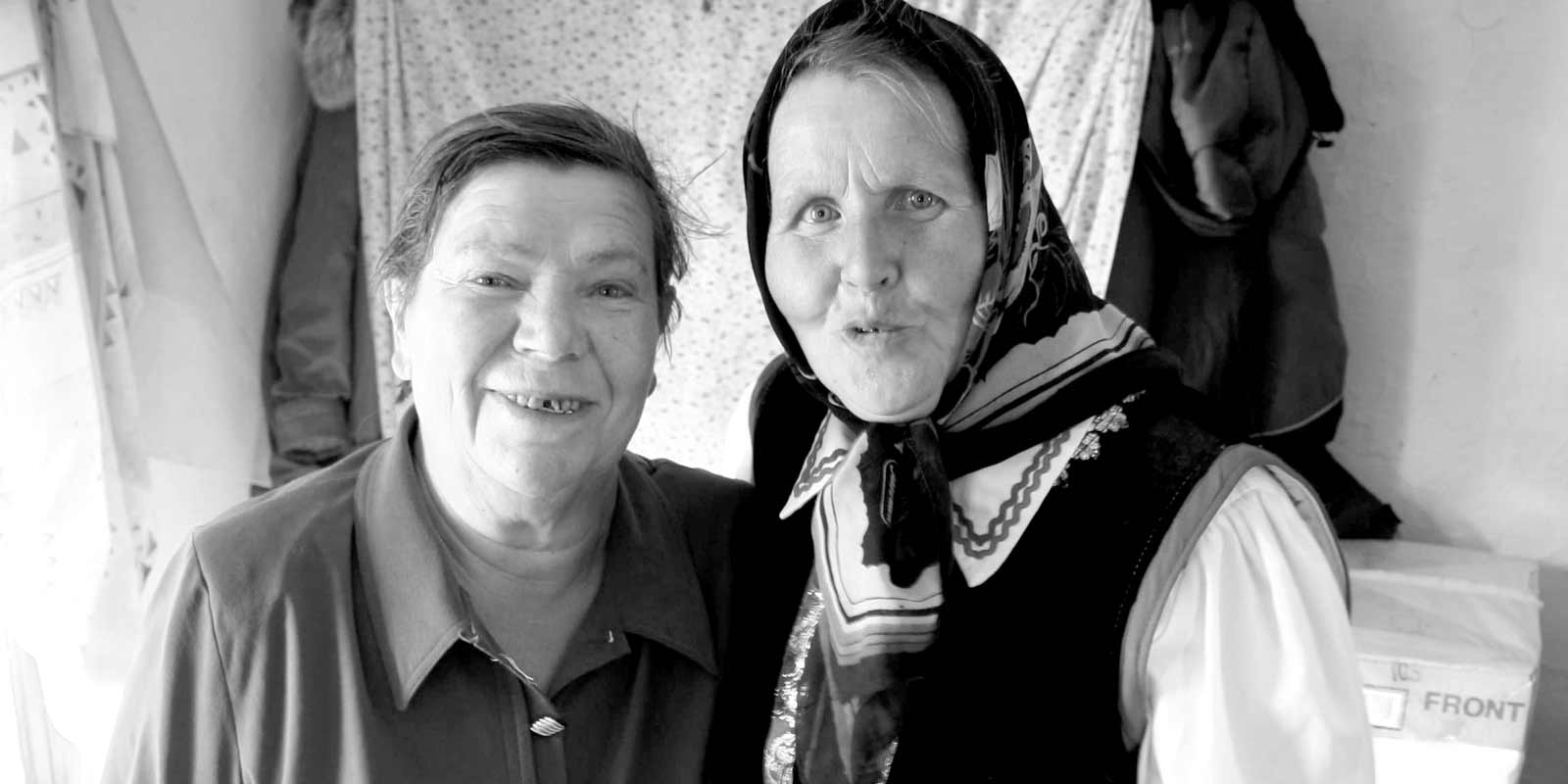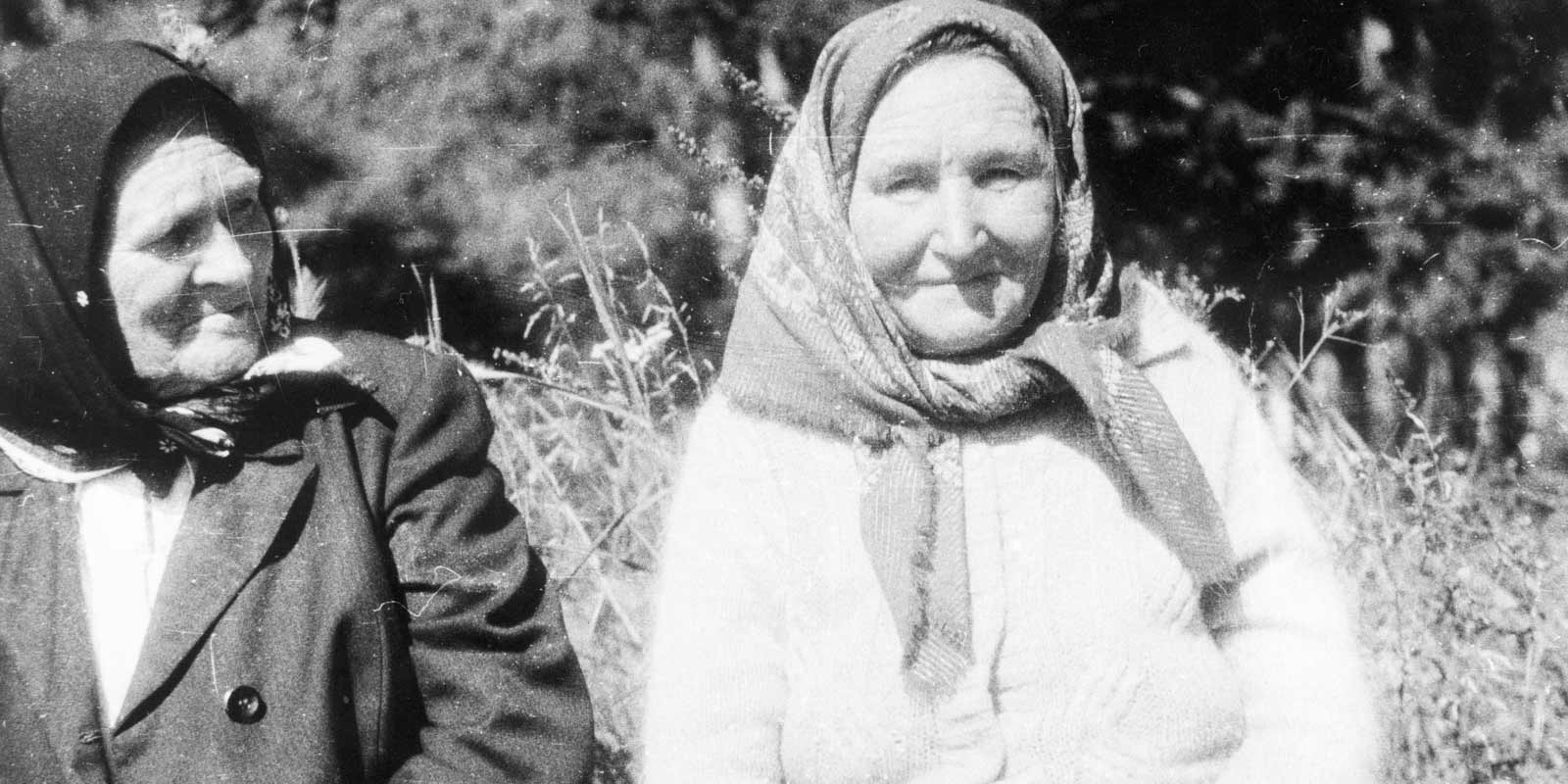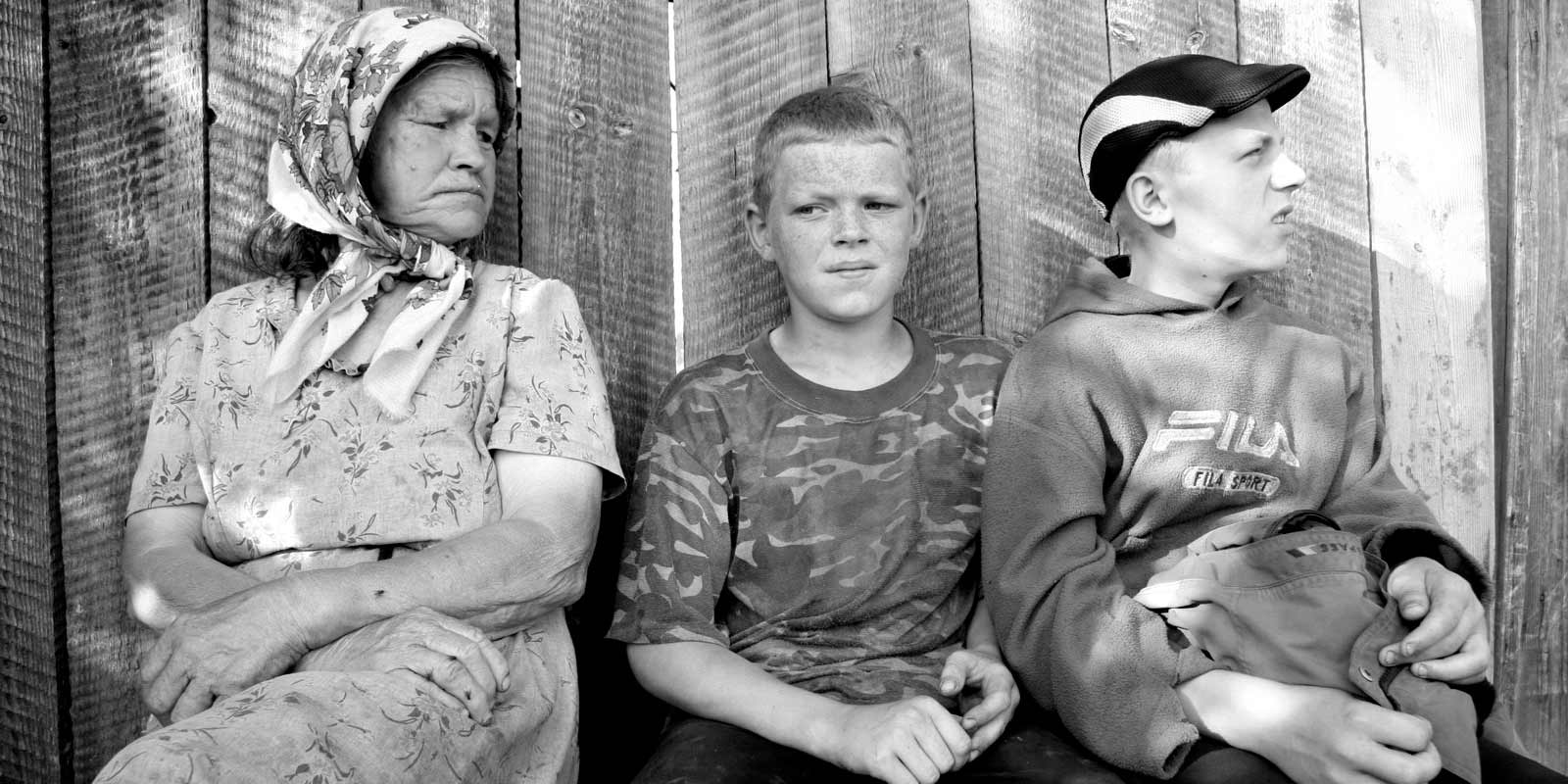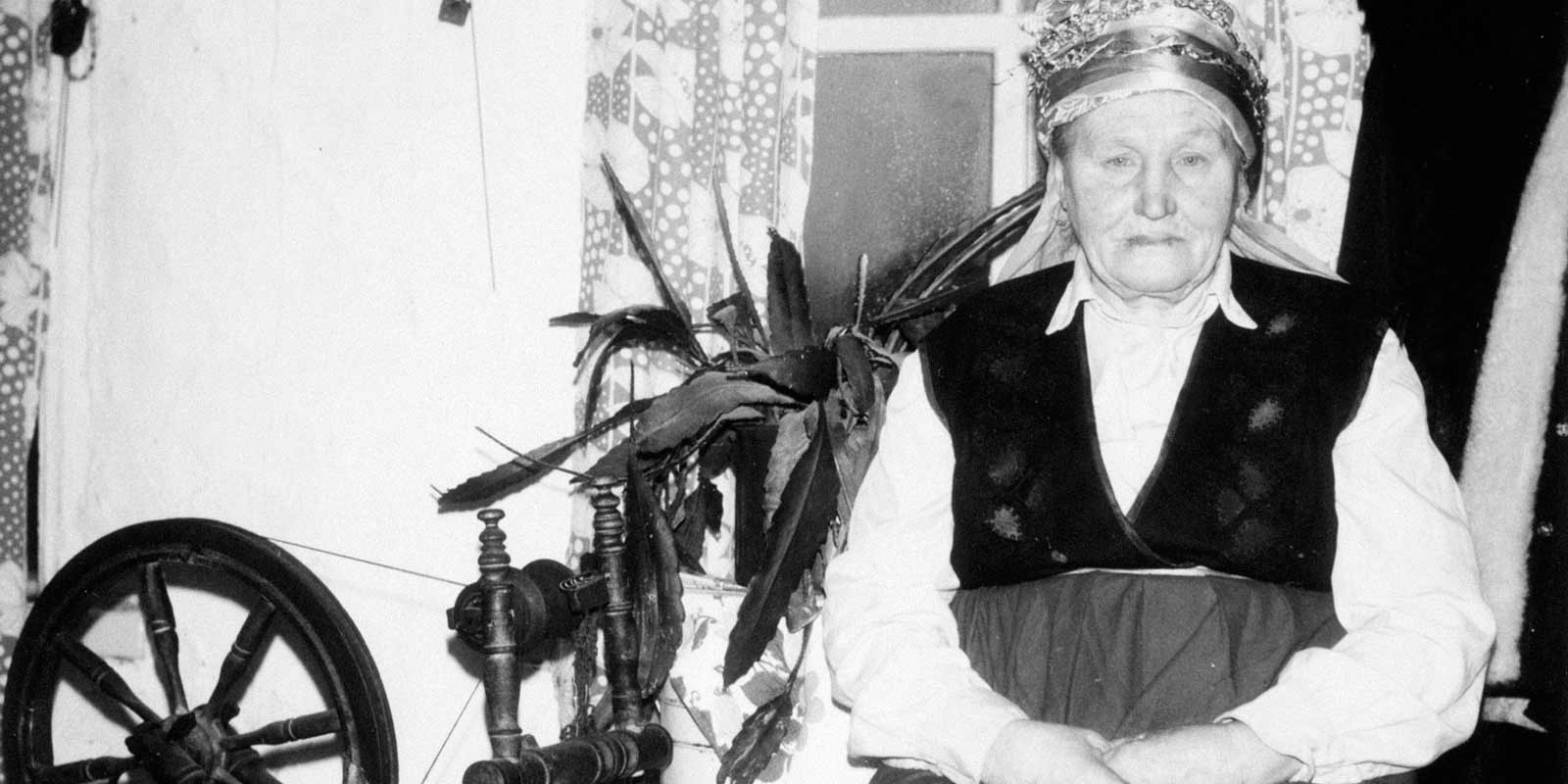The Seto Language, Culture and Religious Persuasion
The Setos in Siberia, as in Estonia, are Orthodox Christians. Most of the Seto folk holidays are based on the Orthodox calendar. Each household has an icon corner.
Haidak and its neighbouring villages first belonged to the Perovo church congregation; there used to be a small chapel and a school under the charge of the Ministry of Education. In 1915 the construction of the Haidak church began and the village became the religious centre for the Orthodox in the region. The church was closed in 1938 and the building demolished in 1956. After that the baptismal and funeral rituals were carried out by villagers, most often older women, who were familiar with church ceremonies but were not ordained ministers and had no clerical training.
Most Setos in Siberia do not understand the Estonian literary language and can be communicated with either in the Seto language or in Russian. Passive knowledge of the Seto dialect is common among the younger generation who understand the language but are not accustomed to speaking it. Compared to men, women are usually more fluent in the Seto dialect, because men have spent more time in the Russian-speaking environment outside the village.
The Setos living near the migrants who came from southern Estonia, whose language and culture is quite similar to theirs, have gradually merged with the southern Estonians: their dialect and culture have largely evened. Only occasional Estonian names—Kaup, Padar, Haavapuu, and others—betray their Estonian origin. The Setos in Siberia who had not been given family names by the time they emigrated have Russian family names. Also, being Lutheran Christians sets the southern Estonians apart from the Setos.
Owing to the complicated history, the education of the older generation of women often remained insufficient; knowledge of lore tradition and traditional skills were passed on orally from one generation to the next. The younger generation have studied at Russian schools. Small village schools are also closed there as they are in Estonia. But the general attitude towards nationality over there is that when “imä estonets, esä neemets, siis lat’s russkaja” (‘mother is Estonian, father is German, but the child is Russian’).
The contacts of the Setos in Siberia with their former motherland are relatively scanty but the Setos value their ethnic culture and have not let it to be forgotten. The Haidak village museum, led by the local teacher Galina Evseeva, is certainly a contributory factor to the preservation of the traditional culture.



